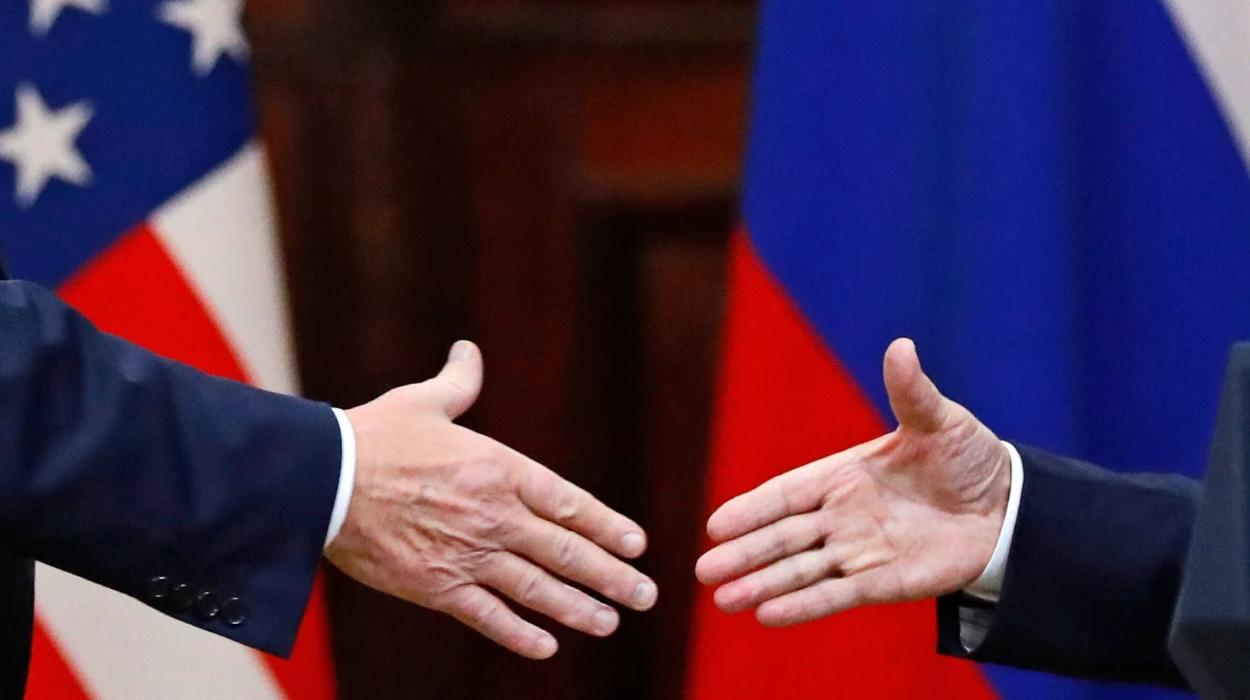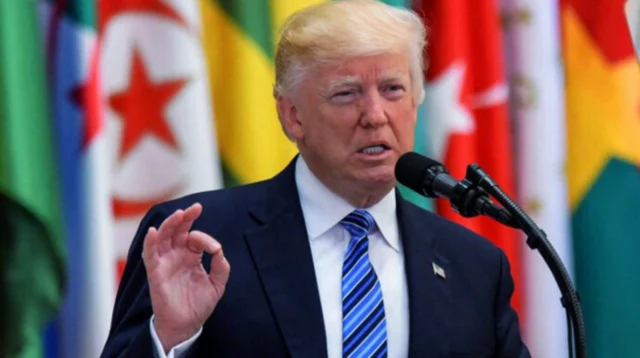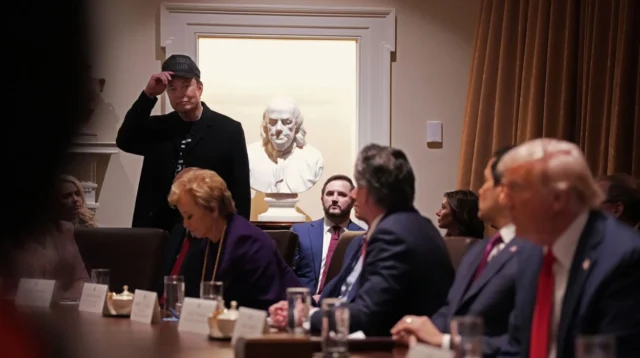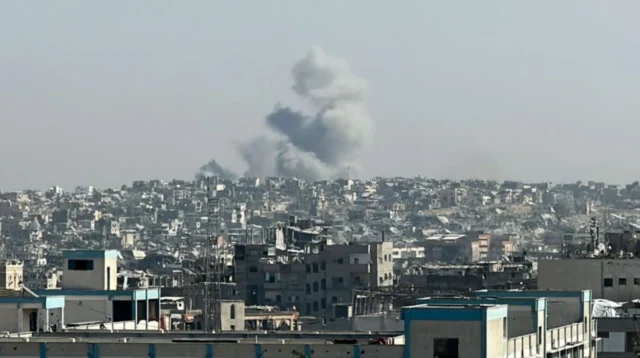In 2025, U.S. President Donald Trump made a comeback to the international stage as a declared mediator in the burning Russia-Ukraine conflict, now in its fourth year. Through his delegated representative, real estate tycoon Steve Witkoff, Trump’s team engaged in discussions with Russian President Vladimir Putin in Anchorage, Alaska.
The three-hour meeting on US soil was said to have been “constructive” by both sides and fuelled speculation of a high-level summit with Ukrainian President Volodymyr Zelenskyy. With the war momentum on the battlefield still to be determined, and thousands of civilian lives lost, Trump’s return to the negotiating table comes at a crucial moment of the conflict. Denouncing Russian aggression, Trump insisted on a personal friendship with Putin as a means of opening the diplomatic door. He asked for a meeting between both heads of state but no date was finalized nor clear terms decided. Trump threatened that if Russia and Ukraine failed to make specific commitments to both sides, he would suspend his role as mediator exposing the hopefulness and vulnerability of this improvised diplomacy.
Diplomatic hurdles and contested negotiations
Although the encounter between Putin and Witkoff opened a crack in the diplomatic relationship, there is still a huge gap. Moscow repeated its longstanding demands, which include political control over annexed parts of Donetsk and Luhansk and Ukrainian withdrawal from NATO. The Kremlin is still presenting its war as defensive actions in order to protect buffer zones and stop the Western expansion of the military.
President Zelenskyy, in contrast, has demanded that Ukraine is willing to negotiate but would not make any concessions about sovereignty or territorial integrity. Kyiv continues to insist that an agreement must contain enough security guarantees that it can be verified and Russian troops be withdrawn from internationally recognized Ukrainian borders. These are issues that are anathema to Moscow’s agenda, and thus consensus is difficult to achieve.
Ongoing violence undermining diplomatic progress
In spite of top-level negotiations, hostilities on the battlefield continue at full throttle. Our research reveals that a missile strike in the capital of Ukraine, Kyiv, resulted in the deaths of 23 civilians and the injury of dozens on August 26, 2025 – one of the most devastating attacks of the year. The attack occurred a few days after the Anchorage meeting, and this time there is no hiding the disconnect between what happens on the battlefield and what happens at the diplomatic table.
Perpetuation of this kind of violence makes it more difficult to mediate by cementing public opinion and limiting political maneuverability on both sides. Ukrainian politicians have warned that negotiations without a ceasefire would amount to legitimizing Russian actions, whereas Russian politicians maintain that the threat of force is necessary in order to secure concessions.
The strategic calculus behind Trump’s diplomacy
Trump’s foreign policy strategy is a mix of pressure diplomacy and transactional diplomacy. His advisory council is reported to have advocated secondary sanctions against Russian allies for commerce—the attempt to economically strangle Moscow without direct military intervention. The sanctions would increase the cost of going for a long war without excluding the possibility of negotiation.
Parallel to this, Trump has also promoted a “neutral” Ukraine as a middle ground solution, one that may entice Russia but maintain Ukrainian sovereignty nominally in place. The approach is reminiscent of previous attempts at Eurasian and Atlanticist balancing in the region but raises doubts as to its practicality and durability, especially under Ukraine’s ambitions for accession to the EU and NATO.
Limits of experience and institutional alignment
Observers have questioned the depth of Trump’s diplomatic infrastructure. Steve Witkoff, though trusted by Trump, lacks formal diplomatic experience and little familiarity with the complexities of politics in Eastern Europe. Critics argue that in the absence of a sophisticated diplomatic corps and institutional backing from the U.S. administration, Trump’s endeavor could be tainted with inconsistency and lack of follow-through.
However, Trump’s political stature and ability to set the media agenda have lent his initiative some momentum. His return to the mainstream of geopolitics has forced international actors to recast the diplomatic calculus and adjust their expectations appropriately.
Contributions of European allies and international actors
European countries continue to play a significant role in supporting Ukraine both militarily and internationally. In July and August 2025, Norway, Denmark, Sweden and the Netherlands, which collectively represent northern Europe, committed more than $1 billion of air-defense systems and missile technology. The gifts have helped bolster Ukraine’s defensive posture in the face of increased Russian strikes on energy infrastructure and civilian infrastructure.
Despite this, the EU maintains that its support for Ukrainian sovereignty must be reaffirmed in order to apply coordinated diplomatic pressure on Moscow. EU diplomats are still having very intense consultations with Washington and Kyiv, demanding a solution which is in accordance with the principles of international law and the UN Charter.
Humanitarian and geopolitical stakes
Apart from military mathematics, the cost of the war in humanitarian terms is overwhelming. The UN estimates the number of internally displaced or across borders as nearly 13 million Ukrainians. Well over 100,000 civilians have died since 2022, and destruction of critical infrastructure keeps pouring in the woes. European and foreign commentators stress that negotiations will have to include terms for repatriation of refugees, as well as funding for reconstruction after the war.
The author has spoken to the topic, noting the sensitive and fluid nature of U.S. diplomacy in Trump’s hands and the imperative need for a delicate balance between pressure and engagement:
Gen. Keith Kellogg, who Trump just named "Special Envoy for Ukraine and Russia," has said the "end game" for the war is "evicting the Russians from Ukraine," including the Donbas and Crimea, resulting in the downfall of Putin. "I don't think there's going to be any negotiations" pic.twitter.com/vJwcCtoqah
— Michael Tracey (@mtracey) November 27, 2024
His commentary encapsulates wider concerns that Trump’s high-stakes, high-reward strategy will either open doors to progress or deepen instability depending on how it is played and how the world co-aligns.
Navigating an uncertain path forward
The Trump-initiated diplomatic push injects a complex new variable into already volatile global politics. While his return to high-stakes mediation taps into long-standing ambitions to control global affairs, the Russia-Ukraine conflict resists simplistic solutions. The combination of continued fighting, entrenched claims, and competing global interests has rendered diplomacy more urgent—and difficult—than ever.
For Trump’s engagement to be fruitful, it must transition from personalized bargaining to structured diplomacy with seasoned professionals, multilateral planning, and a clear road map. Without these, the effort is another symbolic gesture rather than a strategic change.
As 2025 begins, Trump Russia Ukraine negotiations’ fate is deeply uncertain. The coming several months will decide if backchannel diplomacy can bridge fixed war—or, alternatively, if the window of opportunity for peace will close once again in front of continuous military escalation. The trajectory of this attempt at mediation will likely define not only the war’s future but also the new standards of international diplomacy in a frayed global order.





